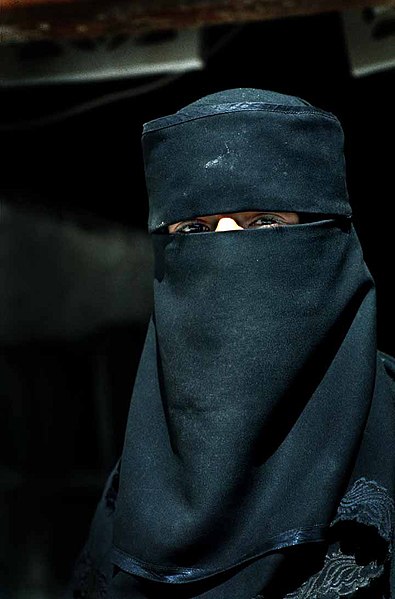
By Rachel Cooke
In Yemen, women belong to men. Most are illiterate. They are arrested in the street. They die in childbirth. In this special report, Rachel Cooke meets the brave few who are campaigning for midwives and against early marriage.
Say’un is a town of 30,000 people in the biggest wadi or watercourse, Wadi Hadhramawt, in the Arabian peninsula. Hadhramawt is extremely inaccessible. To get here, we flew from Sana’a, the capital, to the port of Al-Mukalla, and then drove over the desert and down through the lush wadi - it has surely changed very little since Dame Freya Stark became one of the first western women to see it in the 1930s - for nearly five hours. In Say’un, Oxfam is trying to improve reproductive healthcare, chiefly by funding the training of midwives and traditional birth attendants (TBAs). This is more important work than you may realise. In this part of Yemen - rural, religious, isolated - women are often unwilling to be treated by doctors, for the reason that they are men; it would be shameful for a woman to show her body to a man, even if the alternative meant that she might bleed to death. Getting more women into the healthcare system is therefore vital. ‘Our midwives work in the hospital in Say’un,’ says Basima Omer, a doctor involved in the programme. ‘They save lives. But they also go back to their communities with new information about hygiene, high blood pressure …’ She sips her coffee - in the country that gave the world coffee, everyone drinks Nescafé with condensed milk - behind her veil. So how on earth did she become a doctor? She laughs, quietly. ‘Oh, I went on hunger strike for three days until my father agreed.’ Read more ...
In Yemen, women belong to men. Most are illiterate. They are arrested in the street. They die in childbirth. In this special report, Rachel Cooke meets the brave few who are campaigning for midwives and against early marriage.
Say’un is a town of 30,000 people in the biggest wadi or watercourse, Wadi Hadhramawt, in the Arabian peninsula. Hadhramawt is extremely inaccessible. To get here, we flew from Sana’a, the capital, to the port of Al-Mukalla, and then drove over the desert and down through the lush wadi - it has surely changed very little since Dame Freya Stark became one of the first western women to see it in the 1930s - for nearly five hours. In Say’un, Oxfam is trying to improve reproductive healthcare, chiefly by funding the training of midwives and traditional birth attendants (TBAs). This is more important work than you may realise. In this part of Yemen - rural, religious, isolated - women are often unwilling to be treated by doctors, for the reason that they are men; it would be shameful for a woman to show her body to a man, even if the alternative meant that she might bleed to death. Getting more women into the healthcare system is therefore vital. ‘Our midwives work in the hospital in Say’un,’ says Basima Omer, a doctor involved in the programme. ‘They save lives. But they also go back to their communities with new information about hygiene, high blood pressure …’ She sips her coffee - in the country that gave the world coffee, everyone drinks Nescafé with condensed milk - behind her veil. So how on earth did she become a doctor? She laughs, quietly. ‘Oh, I went on hunger strike for three days until my father agreed.’ Read more ...
Source: Guardian




















